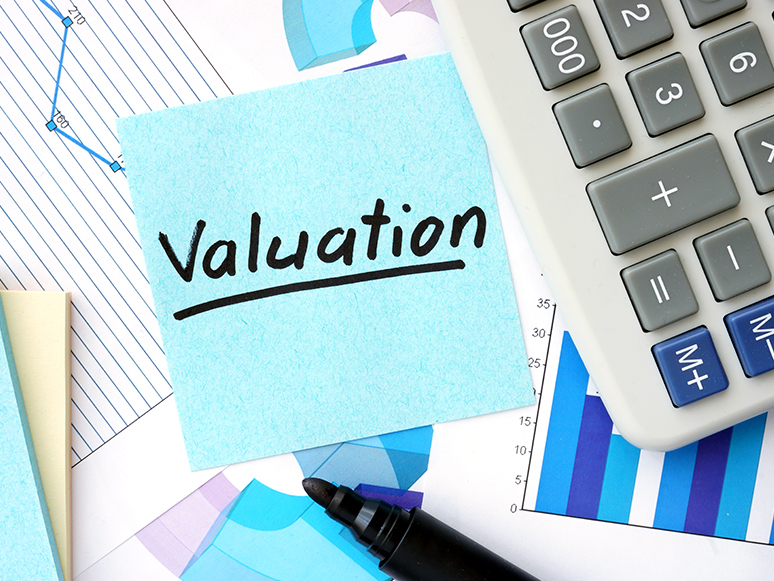logo


01st May, 2022

Because of the financial impacts of COVID-19, trustees of a self managed superannuation fund(SMSF), or a related party of the fund, may provide or accept certain types of relief, which may give rise to contraventions of the super laws. Some trustees may also have been stranded overseas because of travel bans, which can affect their fund’s residency status.
In recognition of these issues, the ATO is offering support and relief to SMSF trustees for the 2019–2020, 2020–2021 and 2021–2022 income years.
This generally includes not taking any compliance action against an SMSF and not requiring the SMSF auditor to report related contraventions in the following areas:
13th Mar, 2022

There are many compliance obligations for trustees of self managed superannuation funds (SMSFs). One of the simplest but most important is ensuring that contributions from members can be accepted into the fund. This involves reporting the tax file numbers (TFNs) of members to the ATO, ensuring non- mandated contributions are not accepted for members over a certain age, and observing certain restrictions on in specie (asset) contributions.
Broadly, whether a contribution to an SMSF can be accepted depends on the type of contribution, the age of the member making the contribution, certain caps, and whether the fund has the TFN of the member.
When a member joins an SMSF, they need to provide their TFN, which then needs to be passed on to the ATO through the registration process. If a TFN is not provided, the fund cannot accept certain member contributions, including personal contributions, eligible spouse contributions and super co-contributions.
Employer contributions, including salary sacrifice contributions and other assessable contributions, may also be liable for additional income tax of 32% on top of the 15% tax already paid.
If an SMSF mistakenly accepts a contribution it should not have, the fund must return it within 30 days of becoming aware of the error. Failure to comply with the time limit does not affect the fund’s legal obligation to return contributions.
Even if a member has provided their TFN, the type of a contribution combined with the age of the member can affect what is acceptable. For example, mandated employer contributions such as super guarantee contributions from a member’s employer can generally be accepted at any time, regardless of the member’s age or the number of hours they work. Non-mandated contributions largely cannot be accepted if a member is aged 75 years or older.
Lastly, there are restrictions on when an SMSF can accept an asset as a contribution from a member. These are referred to as “in specie contributions”, which just means contributions to the fund in the form of a non-monetary asset. Generally, an SMSF must not intentionally acquire assets from related parties to the fund; however, there are some specific exceptions.
13th Mar, 2022

According to the Australian Securities and Investments Commission (ASIC), there has recently been a surge of promoters encouraging individuals to set up self managed superannuation funds (SMSFs) in order to invest in crypto-assets. ASIC warns people to be aware that while crypto-asset investments are allowed for SMSFs, they are high risk and speculative, as well as being an attractive area for scammers targeting uninformed investors.
For example, late last year ASIC moved to shut down an unlicensed financial services business based on the Gold Coast that promised annual investment returns of over 20% by investing in crypto-assets through SMSFs.The money obtained was not invested, but instead allegedly used by the directors of the business for their own personal benefit, including acquiring real property and luxury vehicles in their personal names.
Professional advice should always be sought before deciding on whether an SMSF is appropriate for your circumstances, as there are risks involved in being the trustee of an SMSF, and any SMSF established must meet the “sole-purpose” test.
Remember, SMSF trustees bear all the responsibility for the fund and its investment decisions complying with the law, and breaches may lead to administrative or civil and criminal penalties. This is the case even if you (as the trustee) rely on the advice of other people, licensed or otherwise.
SMSFs are not generally prohibited from investing in crypto-assets – if you do decide, after receiving appropriate advice, that investing in crypto-assets through an SMSF is right for your situation, you can do so.
If you do decide to invest in crypto-assets, whether through an SMSF or as an individual investor, it’s also important to keep accurate records and ensure you report any related income to the ATO.
The ATO’s legal power to gather information is extensive and includes the power to physically enter any place and inspect any document, good or other property – this extends to a physical cryptocurrency wallet. The ATO is also permitted by law to amend a taxpayer’s tax return for an unlimited period where it considers fraud or evasion has occurred – and deliberate non-reporting of gains made from disposals of crypto-assets would meet this description.
16th Dec, 2021

Directors of corporate trustees of self managed superannuation funds (SMSFs) should be aware that the director identification regime is now in force. Depending on when you became a director, the deadline for application is either November 2022 or within 28 days of the appointment. The application process itself is easy and can be done online through the new Australian Business Registry Services (ABRS). Once you receive it, your 15-digit identification number will be permanently linked to you even if you change companies, stop being a director, change your name or move interstate or overseas.
The director ID regime was implemented as a way to prevent the use of false or fraudulent director identities, make it easier for external administrators and regulators to trace directors’ relationships with companies over time, and identify and eliminate director involvement in unlawful activity, such as illegal phoenix activity.
To apply for your director ID, you first need to set up myGovID, which is different to myGov. The myGovID is an app that you need to download onto your smart device and confirm your identity in using standard documents (drivers licence, passport, etc). You’ll then be able to log on to a range of government services, including the online director ID application with the ABRS.
To complete the director ID application, you need to provide additional information such as your tax file number (TFN), residential address, and/or details from two additional specified documents to verify your identity, such as: bank account details; ATO notice of assessment; super account details; a dividend statement; Centrelink payment summary; or PAYG payment summary.
Once you receive your director ID, you need to pass it onto the record-holder of the corporate trustee, which may be the company secretary, another director, a contact person or an authorised agent of the company.
If the corporate trustee changes or you become the director of another company, you will need to pass on this information to the new corporate trustee or the other company.
01st Jul, 2021

Would you like to hold a wine collection, artworks, or a classic car in your self managed superannuation fund (SMSF)? Well, you can if you follow some strict rules.
Firstly, the investment in collectibles or personal use assets must be for genuine retirement purposes and not to provide any present day benefit to either the members of the SMSF or related parties. Secondly, the assets cannot be used by members or related parties in any capacity. Thirdly, the asset must be insured in the fund’s name within seven days of acquisition. All of these requirements, plus other rules, need to be met to avoid falling afoul of super rules.
This means that whatever collectable or personal use asset your SMSF purchases, it can’t be used by members or related parties in any capacity. Consider a classic car: if it is owned by the SMSF as an investment, it cannot be driven by a member or any related party for any reason. This holds true even if the only reason for driving the car is to maintain it or to perform restoration work.
The rules also mean that any collectable or personal use asset owned by your SMSF can’t be stored at the private residence of any member or related party.
However, the asset can be stored – not displayed – in non-private-residence premises owned by a related party. For example, an artwork can’t be displayed in the business premises of a related party where it would be visible to clients and employees, but it could be stored in a cupboard. It could also be leased to unrelated parties on arm’s length terms.
The ability to insure must also be considered where your SMSF is investing in collectables or personal use assets. The items must be insured within seven days, under either separate policies or one collective policy. The owner and beneficiary of the policy must be the SMSF itself. If the SMSF has already made the investment but cannot to obtain insurance, the ATO must be notified.
17th Nov, 2020

The ATO has advised that it will not apply a penalty for self managed super fund (SMSF) trustees that have difficulty obtaining evidence to support market valuations of assets due to COVID-19.
SMSF trustees are required to provide objective and supportable evidence to their auditor each year to establish that assets of the fund are valued at market value.
During the 2020 and 2021 financial years, the ATO will not apply a penalty if it is satisfied that the difficulty in obtaining valuation evidence is due to COVID-19. Instead, the ATO will send the SMSF trustee a letter advising them to ensure they comply with the ATO’s valuation guidelines and have supporting valuation evidence by the time of their next audit if possible. However, the ATO warns that repeated contraventions of the valuation evidence requirements could lead to future penalties.